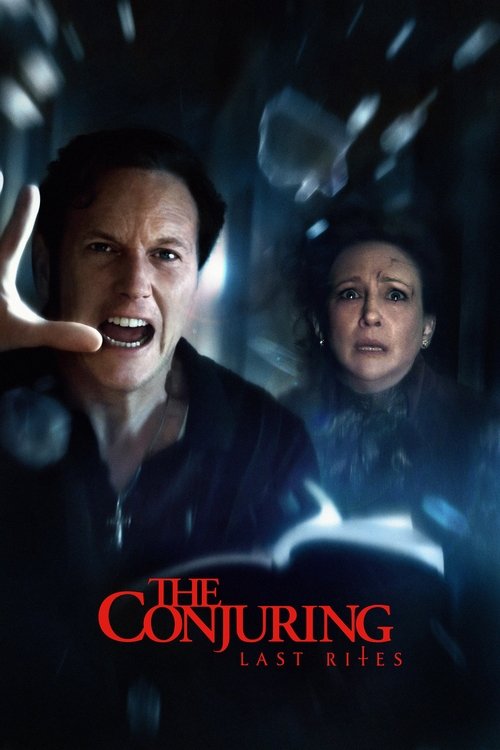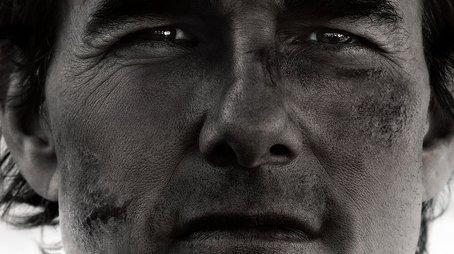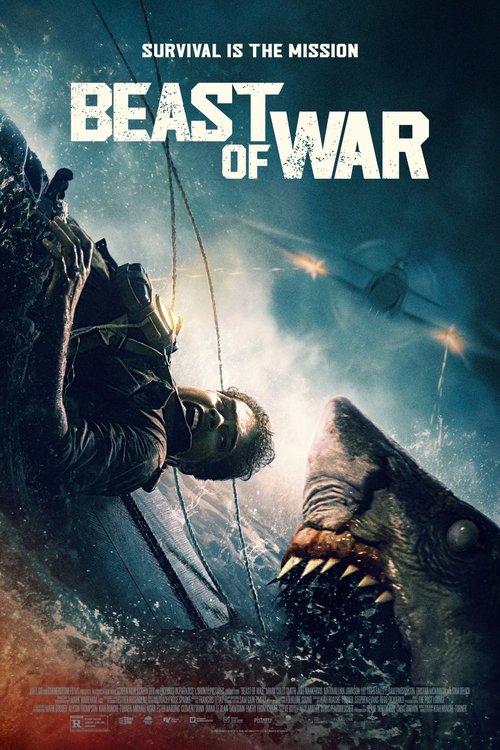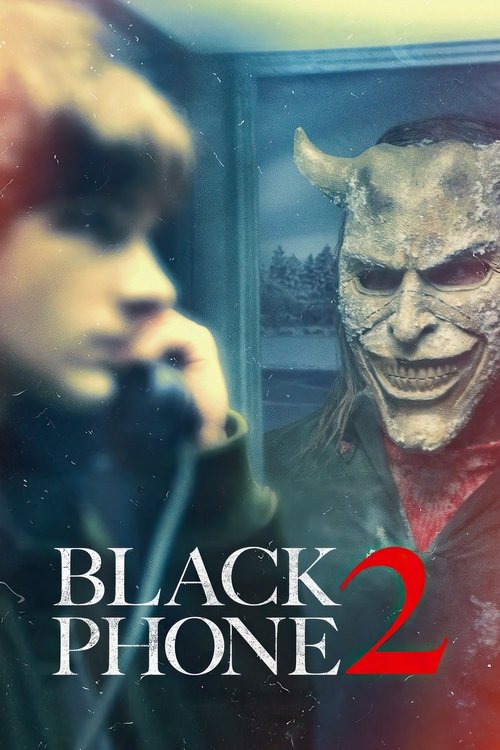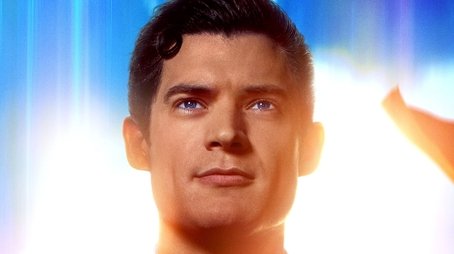
Ask Your Own Question
What is the plot?
What is the ending?
The movie Pangolin: Kulu's Journey ends with the baby pangolin, Kulu, successfully rehabilitated and released back into the wild, symbolizing hope and the vital connection between humans and nature.
Expanded Ending Description
The final sequence of Pangolin: Kulu's Journey unfolds with Gareth Thomas, the conservationist, preparing Kulu, the rescued baby pangolin, for her return to the wild after a long and delicate rehabilitation process.
The scene opens with Gareth gently handling Kulu in a natural enclosure, observing her instincts and behaviors to ensure she is ready for survival outside human care. With calm, tender movements, he checks that she can forage, climb, and defend herself--skills critical for her independence.
Next, the film shows a quiet dawn in the South African wilderness. Gareth carries Kulu carefully in a soft cloth wrap, walking through dense foliage to a remote safe release site far from human disturbance. The atmosphere is serene, birds chirp softly, and light filters through the trees, emphasizing a return to nature.
At the release site, Gareth places Kulu gently on the ground. She pauses, then slowly begins to explore her surroundings, curling up into her protective ball occasionally but also climbing a nearby tree. Gareth watches quietly, a mixture of relief, pride, and sadness in his expression--aware their close bond must now give way to Kulu's freedom.
The camera lingers on Kulu as she vanishes into the wild brush, illustrating a triumphant yet fragile moment of survival. The narrative closes on Gareth commenting about the pangolin's endangered status and the ongoing battle against trafficking, underscoring the film's message on conservation and human responsibility.
This ending scene by scene portrays:
- Final assessment: Gareth's meticulous observation of Kulu's readiness.
- Journey to release: A peaceful walk through the natural habitat at dawn.
- The release moment: Kulu's cautious but hopeful first steps free.
- Emotional closure: Gareth's reflective watching, mixing hope and awareness.
Overall, the ending captures the essence of the film's story--a fight against wildlife trafficking, the compassionate connection between man and animal, and a hopeful push for the protection of endangered species through rehabilitation and release. It leaves viewers with a clear visual of Kulu's journey from captivity back to the wild, emphasizing the significance of every single life saved.
Who dies?
Based on available synopses, reviews, and official summaries for Pangolin: Kulu's Journey (2025), there is no indication that any human or animal characters die as part of the film's documented events.
The documentary focuses on the rescue, rehabilitation, and rewilding of a baby pangolin named Kulu, highlighting the emotional bond between Kulu and her caregiver, Gareth Thomas, as well as the broader issues of pangolin trafficking and conservation. While the film addresses the threats and dangers facing pangolins and their caregivers--such as encounters with electric fences and predators--there are no reports of any deaths occurring within the narrative presented in the film.
Therefore, there are no listed characters who die in Pangolin: Kulu's Journey.
Is there a post-credit scene?
There is no publicly available information indicating that the 2025 documentary Pangolin: Kulu's Journey includes a post-credits scene. The sources, including the official trailer and reviews, focus on the film's content about wildlife conservation and the rescue and rehabilitation of a baby pangolin but do not mention any post-credits scenes or bonus footage following the main documentary.
What challenges does Gareth Thomas face while rehabilitating Kulu the pangolin?
Gareth Thomas faces numerous challenges including gaining Kulu's trust, ensuring Kulu gains enough weight to survive in the wild, protecting Kulu from dangers such as electric fences, and sometimes putting himself at risk by entering burrows or searching for Kulu at night when predators are more active.
How does the film depict the relationship between humans and pangolins?
The film explores the close connection between humans and pangolins through Gareth's emotional bond with Kulu, highlighting both the compassion involved in conservation and the broader human impact on pangolin survival, including the illegal wildlife trade.
What role do other wildlife and the environment play in Kulu's journey?
The documentary showcases the Lapalala landscape and other creatures living there, emphasizing the ecological balance and the environment Kulu must return to. It also features experts like Dr. Caswell Munyai who explain the relationship between pangolins and their prey, such as ants and termites.
Who are the key people involved in pangolin conservation featured in the film?
Besides Gareth Thomas, the film introduces Ray Jansen, founder of the African Pangolin Working Group, one of the first organizations focused on pangolin conservation in South Africa. The film also features ant specialist Dr. Caswell Munyai who provides scientific insights.
What conservation message does the film convey about pangolins?
The film raises awareness about pangolins as the most illegally traded mammal globally, highlighting the urgent need for conservation efforts. It portrays the emotional toll of this work and serves as a call to action to protect pangolins and reconsider humanity's relationship with nature.






